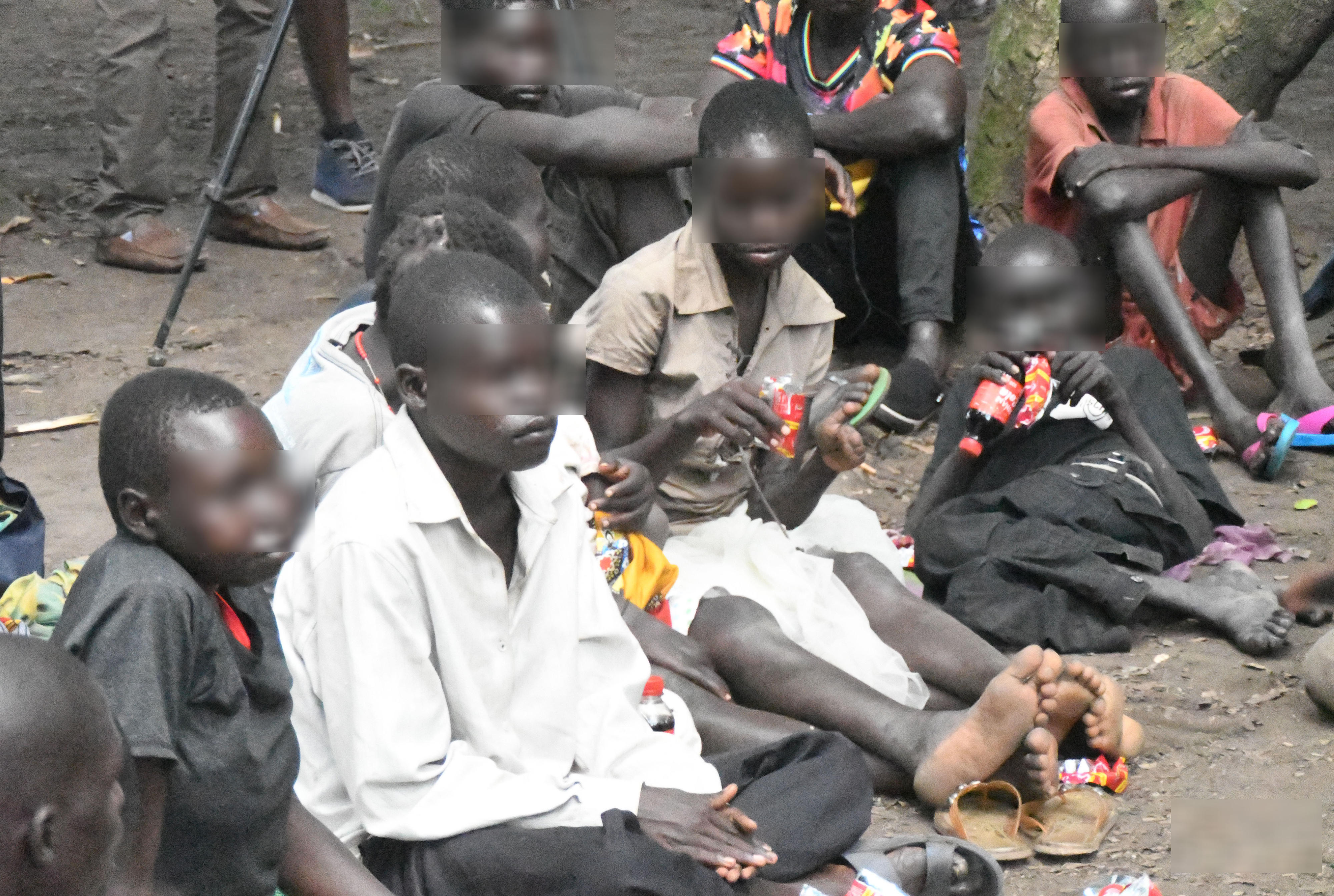Prime
African Continental Free Trade Area: What do we expect in 2019 and beyond?

Isaac M. B. Shinyekwa
What you need to know:
- Shift towards the centre. Africa has been at the periphery of the Global Value Chains (GVC). However, through AfCFTA, her economies are likely to shift towards the centre through manufacture and trade in intermediate products, among others.
In March 2018, 44 African countries committed to the launch of a common market for Africa - the African Continental Free Trade Area (AfCFTA). Although 52 African countries have signed the agreement establishing the AfCFTA, so far 22 countries have ratified it; and 22 ratifications are needed in 2019 to enable it enter into force. The AfCFTA Agreement will enter into force 30 days after the required number of ratifications have been deposited with the AU.
It is intended to bring together 55 member states of the African Union covering a market of more than 1.2 billion people and a combined gross domestic product (GDP) of more than $3.4 trillion. It will be the world’s largest free trade area since the formation of the World Trade Organisation in terms of participating member states. The Economic Commission for Africa (UNECA) suggests that the AfCFTA has the potential both to boost intra-African trade by 52.3 per cent (by 2022) by eliminating import duties (90 per cent), and to double this trade if non-tariff barriers are also reduced. The current intra-Africa trade fluctuates between 15 and 18 per cent only. There is a debate on what this means for African countries, with optimists arguing that the new agreement creates a fertile ground for the development of stronger and more productive economic ties, while the skeptics dismiss it altogether.
This undertaking includes commitment by member states to progressively eliminate tariffs and non-tariff barriers to trade in goods and liberalise trade in services; cooperate on investment, intellectual property rights, competition policy, customs matters, and all other trade-related areas; and to establish a dispute settlement system. Negotiations are divided into two phases. Phase I is currently underway, and includes trade in goods, services, and dispute settlement. Phase II is set to be concluded by 2020 and will cover investment, intellectual property rights, and competition policy.
The AfCFTA has the potential to hasten economic growth in African countries and promote citizens’ prosperity and wellbeing. This agreement deals with a century-old problem created by colonialism - impediment to trade and economic development in Africa. As observed over time, growth in intra-African trade was disrupted by colonial and post–colonial governments with countries focusing on export of raw material to western industries. The new agreement reflects the fundamental values of globalisation, integration, and unity, providing a new space for economic, industrial, and social development for Africa. It is thus a chance for Africa to boost intra-continental trade from the current 15 to 18 per cent. The AfCFTA is also expected to enhance competitiveness at the industry and enterprise level through exploitation of opportunities for large scale production, continental market access and better reallocation of resources.
The four freedoms of movement of goods, services, people and capital are likely to play a significant role in triggering continental growth. With liberalisation, access to a larger market for African products and services will be created, thereby encouraging trade and investment. This in turn will tackle the prevalent unemployment problem in the continent and provide a wide range and variety of quality products and services at competitively lower prices. For this vision to be realised there is still more work to be done. Protocols on investment, competition and intellectual property are still to be negotiated, planned to be done in phase II of this initiative.
Africa has been at the periphery of the Global Value Chains (GVC). However, through AfCFTA, her economies are likely to shift towards the centre through manufacture and trade in intermediate products, among others. This will require heavy investment in research, training and technology, and encouragement of direct investment. Although Africa’s manufacturing industry currently accounts for only 2 per cent of world’s manufacturing, this is likely to change when the continental productive capacities are boosted in the era of free trade with emphasis on exports.
However, the path to economic prosperity will not be easy and smooth and there are challenges that need to be addressed. On top of the list is loss of revenue, which is about$4.1b in the short-run according to United Nations Conference on Trade and Development. The AfCFTA will create high international competition leading to bigger African economies standing to benefit more than smaller ones due to relative productive capacities of their economies. Furthermore, international competition may also expose small and weak companies to foreign giant companies due to deregulation or reduced protectionism. Liberalization of domestic labour markets will also expose nationals to competition from foreign cheap labour. Capital mobility being high may also encourage out-sourcing, leading to loss of jobs.
Some of these challenges may be addressed through: Scheduled special and differential treatment for smaller African economies to allow them to do gradual incremental deregulation and to adjust structurally; fair negotiations on harmonisation of investment policies, competition, transparency of government procurement and trade facilitation.
Participating countries will have to design new economic development policies and restructure their economies to make them more effective and responsive to the agreement. Given the status quo what do we expect and anticipate to see in the remaining part of 2019? Of course more countries will ratify the agreement beyond the required and already achieved 22. This implies that the agreement is on schedule to come into force. However, some countries, still conducting internal consultation may not ratify the agreement in 2019. This will not stop the process given that the minimum ratification threshold is already achieved to bring the agreement into force.
We are likely to see the continued negotiations in phase I that address, trade, services and dispute settlement with milestones. Trade in goods is likely to increase to over 20 per cent once the agreement comes into force.
Mr Shinyekwa is a senior research fellow, Trade & Regional Integration, Economic Policy Research Centre (EPRC).




